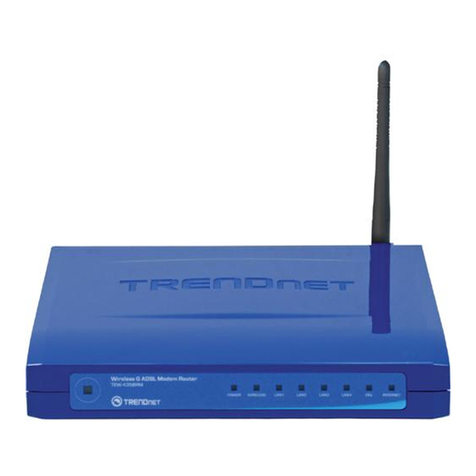en
8
2.4 SD card slot
The controller is equipped with
an SD card slot.
With an SD card, the following
functions can be carried out:
• Store measurement and
balance values onto the SD
card.After the transfer to
a computer, the values can
be opened and visualized, e. g. in a spreadsheet
programme.
• Store adjustments and parameterizations on the
SD card and, if necessary, retrieve them from there.
• Download firmware updates from the Internet and
install them on the controller.
A standard SD card is not included with the
DeltaSol®MX, but can also be purchased at RESOL.
For more information about using an SD card, see
page 69.
3 Step-by-step parameterization
The DeltaSol®MX is a controller that offers a
broad variety of functions to the user. At the same
time, the user has a lot of freedom in configurating
them.Therefore, to set up a complex system, careful
planning is required.We recommend drawing a sketch
of the system first.
If planning, hydronic execution and electrical connec-
tion have all been carried out successfully, proceed as
follows:
1. Running the commissioning menu
The commissioning menu is run after the first connec-
tion and after every reset. It will request the following
basic adjustments:
• Menu language
• Temperature unit
• Volume unit
• Pressure unit
• Energy unit
• Time
• Date
• Solar system
• Hydronic variant
At the end of the commissioning menu, a safety en-
quiry follows. If the safety enquiry is confirmed, the
adjustments are saved.
For further information about the commissioning
menu see page 14.
2. Registering sensors
If flowmeters, Grundfos Direct Sensors™ and/or ex-
ternal extension modules are connected, these have
to be registered in the In- / Outputs menu.
For further information about the registration of
modules and sensors see page 71.
3. Activating solar optional functions
The basic solar system has been adjusted during com-
missioning. Now, optional functions can be selected,
activated and adjusted.
Free relays can be allocated to optional functions
which require a relay. The controller always suggests
the numerically smallest free relay.
Sensors can be allocated to more than one function.
For further information about the optional arrange-
ment functions see page 37.
4. Activating optional arrangement functions
Now, optional functions for the non-solar part of the
arrangement can be selected, activated and adjusted.
Free relays can be allocated to optional functions
which require a relay. The controller always suggests
the numerically smallest free relay.
Sensors can be allocated to more than one function.
For further information about the optional arrange-
ment functions see page 50.
5. Adjusting heating circuits and activating op-
tional heating functions
Now, heating circuits can be activated and adjusted.
Internal heating circuits are only offered as long as at
least 3 relays are free.
For the heating part of the arrangement, optional
functions can be selected, activated and adjusted.
To heating circuits and optional functions which re-
quire one or more relays, the corresponding number
of free relays can be allocated.The controller always
suggests the numerically smallest free relay.
Sensors can be allocated to more than one function.
For further information about heating circuits and op-
tional heating functions see page 59.




























